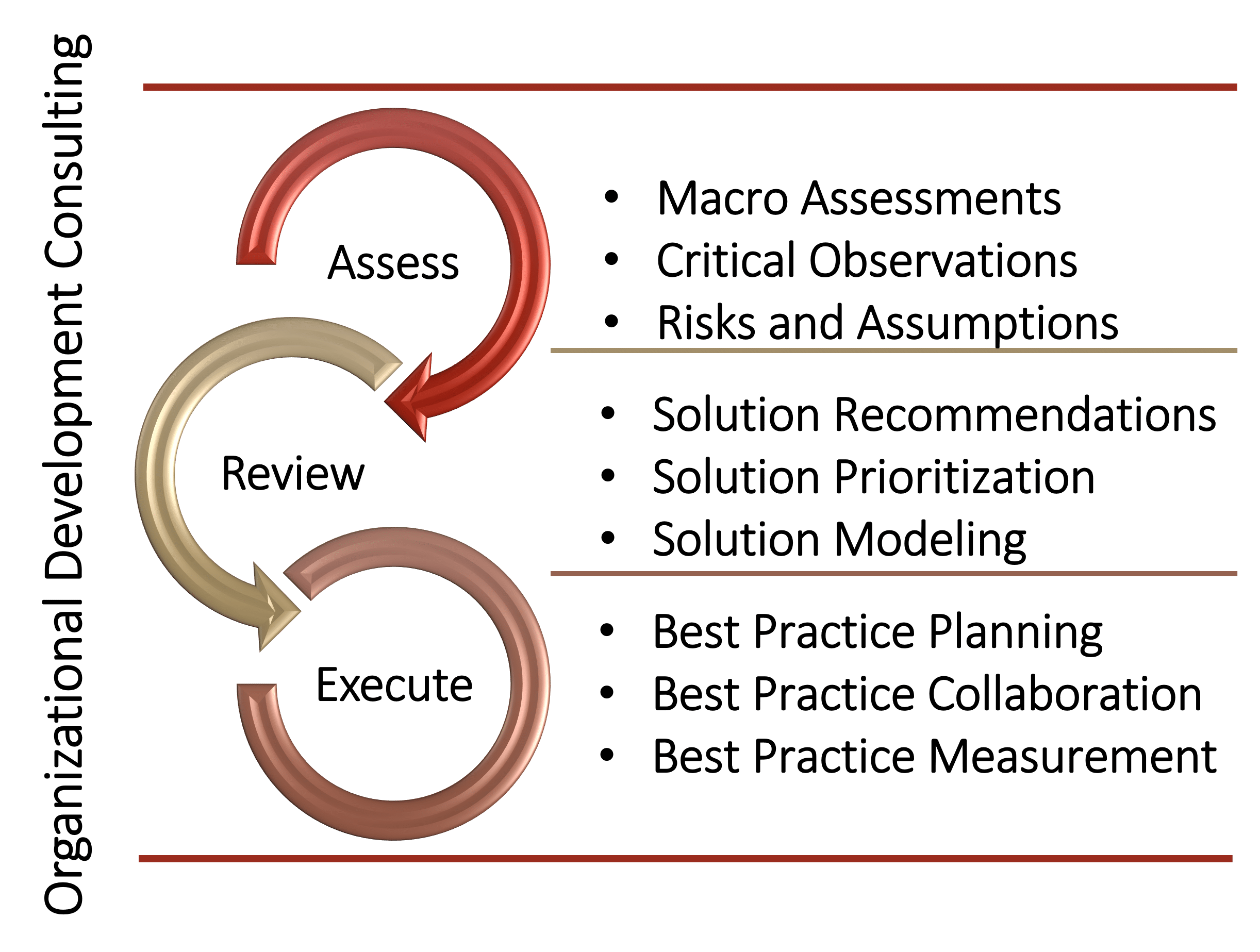Bridge Selling System Best Practice Strategic Considerations
- Creation of cross enterprise behavioral service norms
- Measure gaps in service and culture to promote improvement
- Integrate process, technology, and measures to support the service and sales culture
- Provide professional development training to compliment the service and sales culture
- Create the sales and service toolbox for cross-functional contributors to leverage
- Design service and sales measures to assess the cultural shift and impact on results
Why the Bridge Selling System Is Important for Long-Term Relationship Selling
Sales, marketing, and culture must integrate with the enterprise goals and strategy. The “new model” for growth-oriented organizations captures the essence of growth through custom solutions, that are reinforced by outstanding service. Successful implementation of a fully integrated consultative sales culture via the AMS Bridge Selling System can help your organization attract, secure, and retain new business. In the pursuit of sales excellence, organizations must embrace strategic practices that optimize their sales processes. Here’s how the Bridge Selling System contributes:
- Established Value Stream Map (VSM), point of entry and compliance
- Defined sales cycle/methodology
- Product portfolio distillation and prioritization
- Product knowledge enhancement and training
- New product introduction cycle definition
- Special project, product, and market mandates
- Market analysis and feedback cycles via knowledge management
- Documented core sales internal/external workflows
- Cascading Kaizen, CQI, LEAN, Agile methods
- Internal/External Performance management
- Established fixed product/service pricing
- Established redemption models for commission and referrals
- Client/manufacturer engagement models (broker network controls)
- Response cycle-time and capacity planning
- Territory management logistics and protocol
- Technology application, integration, and access
- Communication planning
- Rewards and recognition development
Organizational Models that enhance the Bridge Selling System
Organizational Models serve as blueprints for effective business operations. Within the context of the Bridge Selling System can define how sales teams collaborate, streamline processes, and optimize client interactions. Whether hierarchical, methodical, dynamically collaborative, or autonomous, these models shape sales teams’ strategies and drive success:
- Hierarchical
- Methodical
- Dynamic Collaboration
- Autonomous
Internal/External Core Skills for Businesses
To enhance team effectiveness, organizations can focus on developing a combination of internal and external core skills:
- Leadership
- Strategic thinking
- Systems thinking
- Decision making/problem solving
- Innovation and creativity
- Communication and conflict management
- Negotiation and influence
- Business/industry acumen
Business Performance Measurements
In the dynamic world of sales, measuring performance is essential. Sales performance metrics serve as navigational beacons, keeping teams aligned with desired outcomes. By tracking conversion rates, customer satisfaction, and revenue growth, organizations ensure that their efforts lead directly to impactful results. These measures empower sales teams to adapt, optimize, and consistently deliver value:
- KPI’s
- Market penetration
- Incremental growth
- Margin growth
- Product diversity development/growth
- Strategic alignment
- Customer satisfaction
- Personnel competency and productivity
Business Cultural Guidelines
An organization’s culture significantly influences how direct and indirect sales teams operate:
- Collaboration vs. Competition:
- A collaborative culture encourages knowledge sharing, teamwork, and joint problem-solving among internal/external/broker sales teams.
- A competitive culture may foster individual achievements but could hinder cross-team cooperation.
- Risk Tolerance:
- A risk-averse culture may lead to cautious decision-making within internal/external/broker sales teams.
- A risk-embracing culture encourages innovation and calculated risks to achieve better outcomes.
- Leadership Style:
- Leadership behavior sets the tone. Supportive leaders empower internal/external/broker sales teams, while autocratic leaders may stifle creativity.
- Communication Norms:
- Open communication fosters transparency and trust.
- Siloed communication can hinder internal/external/broker sales teams' collaboration and alignment.
- Adaptability:
- A flexible culture adapts to market changes, allowing internal/external/broker sales teams to pivot swiftly.
- A rigid culture may resist change, impacting agility.
Summary
The Bridge Selling System is a comprehensive set of Best Practices that will enable your internal/external/broker sales teams to optimize their efforts through collaborative partnerships. This is a common relationship model to both bolster sales output, and drive market growth, while maximizing the sales unit. Managing, controlling, and directing the internal/external/broker sales teams is mission critical. A poorly run initiative can do as much harm as good, and ultimately constrain growth rather than bolster it. The above items are not meant to be complete, rather they are descriptive of the place to start this journey of sales maturation, within a future focused organization. AMS offers tailored consulting experiences, leveraging cross-industry insights and subject matter expertise to help businesses align their strategies with industry best practices and achieve sustainable growth.
Organizational Development Consulting
Client-Centric Engagement Model
Each solution found in our catalog can be scaled to meet your organization's needs. Consulting engagements are built on a collaborative three-step process of Assess, Review, and Execute stage gates. This model provides a high value and collaborative approach that allows organizations to measure ROI, performance, and continuous improvement throughout the entire engagement. Our executive level team of consultants will provide actionable and practical recommendations that can be implemented via our collaborative approach to the partnership.

For the Enterprise
- Experience personalized service at scale. AMS has a global reach with the highest degree of expertise across a range of Fortune 500 companies, Government agencies and Global 2000 organizations.
For the Emerging and Middle-Market
- Experience the entrepreneurial spirt that our firm is founded on with a unique blend of expertise to accommodate the unique needs of smaller organizations.
Customize your Consulting Experience
- Align subject matter experts with your industry, region, and culture
- Support solutions with correlating Research
- Accelerate Individual Growth with Performance Coaching
- Supplement solutions with Professional Development Training
- Review Solution Briefings
- Integrate Digital Resources – Thought Leader Interviews – Insights Podcast
Join the ranks of leading organizations that have partnered with AMS to drive innovation, improve performance, and achieve sustainable success. Let’s transform together, your journey to excellence starts here.